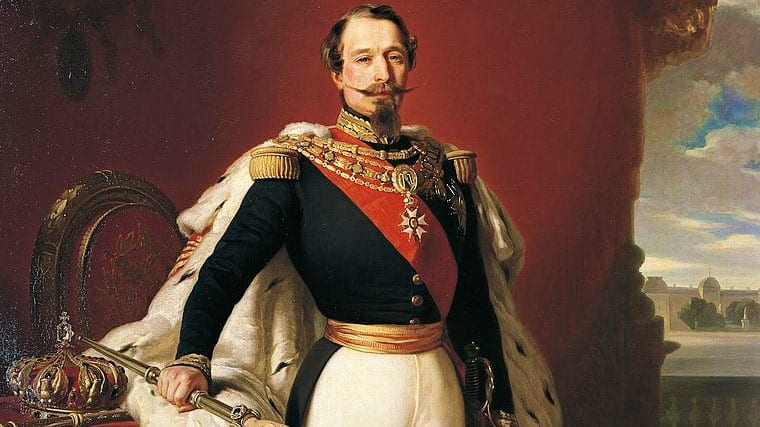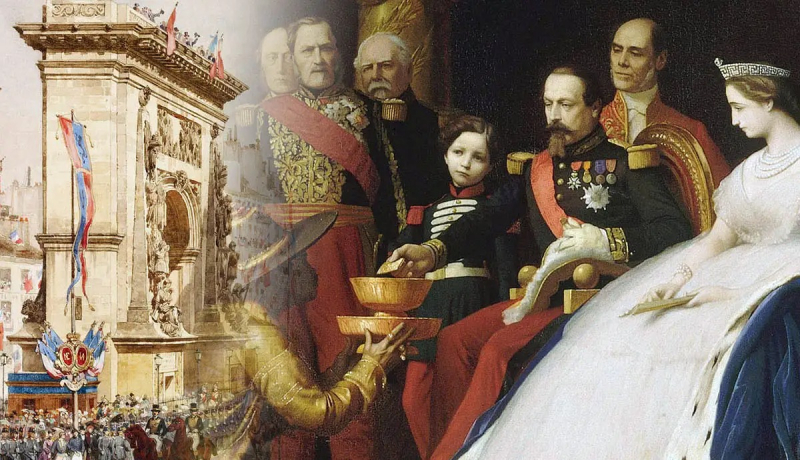French Empire
The French Empire includes the overseas colonies, protectorates, and mandate territories that came under French rule from the 16th century forward. A distinction is generally made between the "First French Colonial Empire", which existed until 1814, by which time most of it had been lost or sold, and the "Second French Colonial Empire", which began with the conquest of Algiers in 1830. At its apex between the two world wars, the second French colonial empire was the second-largest colonial empire in the world behind the British Empire. France probably could have become the leading European colonial power in the 17th and 18th centuries. It had the largest population and wealth, the best army while Louis XIV ruled, and, for a time in his reign, the strongest navy. But France pursues a spasmodic overseas policy because of an intense preoccupation with European affairs; England, France's ultimately successful rival, was freer of such entanglements.
At the time of World War II, the French empire was the only empire in the whole world comparable to the British empire. The French Empire covers an area of more than 5 million square miles with a population of 65 million. France has more than 15 colonies in Africa. In Southeast Asia, the French took power in Indochina. In the Pacific, France holds Tahiti and various island groups, as in the Caribbean. After World War I, it captured Syria and Lebanon from the Ottomans and parts of Togo and Cameroon from the Germans. The French colonial empire began to disintegrate during the Second World War when various parts of its empire were occupied by other great powers such as Japan, Great Britain, the United States, and Germany. Many French colonies gained their independence from the 1950s to the 1960s. The French Empire deserves to be one of the most powerful colonial empires of the 20th century.
- Major Events: French Union, Declaration of the Fifth Republic, The Vichy Regime
- Key People: Napoleon III, Napoleon Bonaparte












